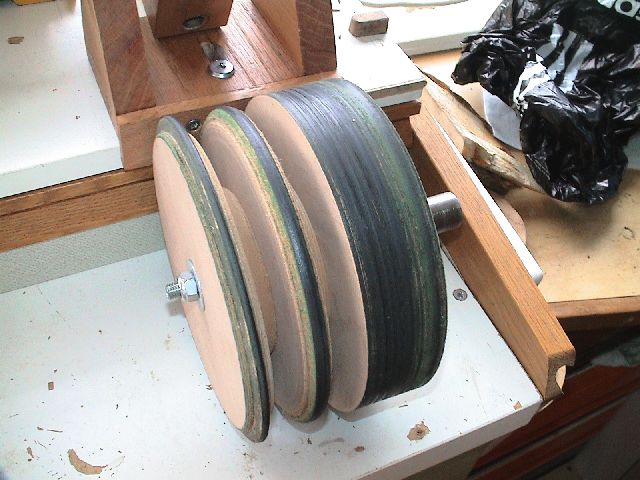Woodmonkey
Established Member
Does anyone do this? Does it make a lot of difference?

Spindle":7pi6ctn7 said:Hi
Never felt the need to hone a turning tool - I use the Tormek system and the fine grind setting of the stone has always proved sufficient.
I've always regarded the honing function of the Tormek to be primarily aimed at carving tools.
Regards Mick
 <<<My setup (link)
<<<My setup (link)Random Orbital Bob":mv6oksm3 said:The way I look at it is that an edge on any turning tool is subjected to ludicrous forces as it repeatedly slams into the spinning wood. Thus any major finessing operation can't last long.
Spindle":tq0ggu9f said:Hi Bob
No misunderstanding - I thought you were describing roughing or the initial rounding whilst bowl turning - and I was just pulling your leg over your emotive description.
Regards Mick
woodturners and carvers, in particular, where honing the inside of gouges is still very much a requirement of the craft
Enter your email address to join: